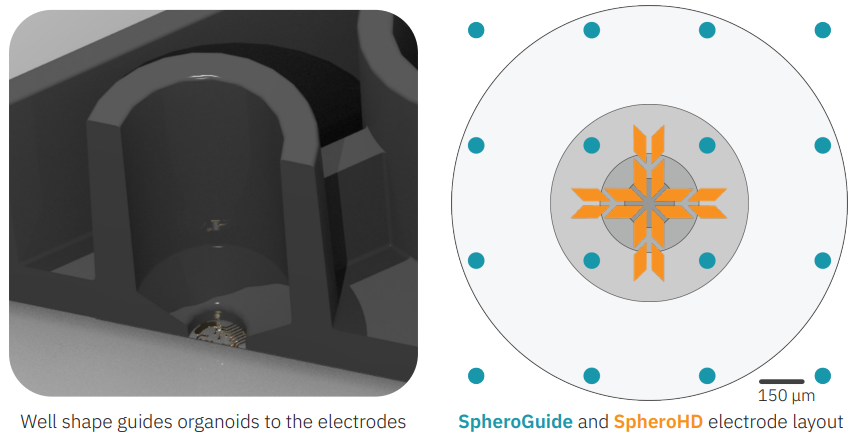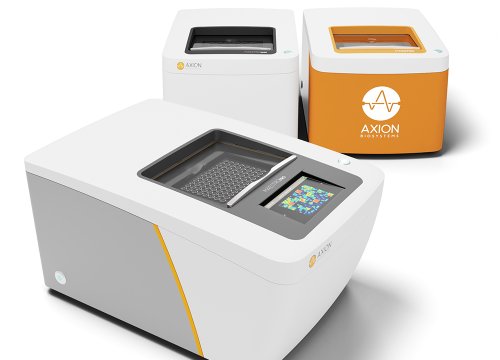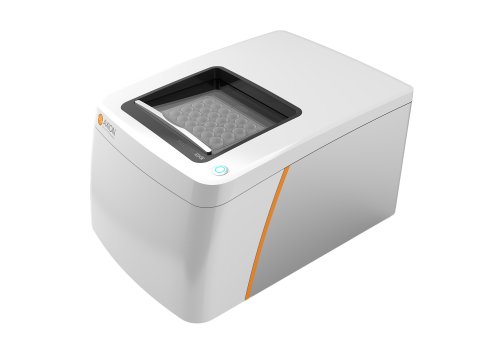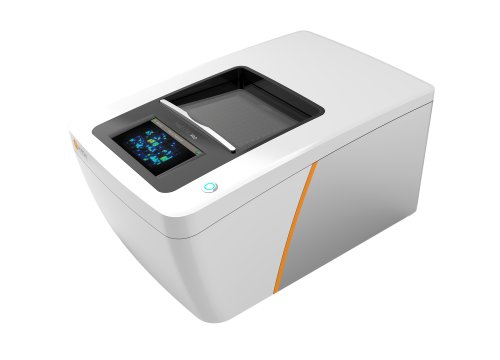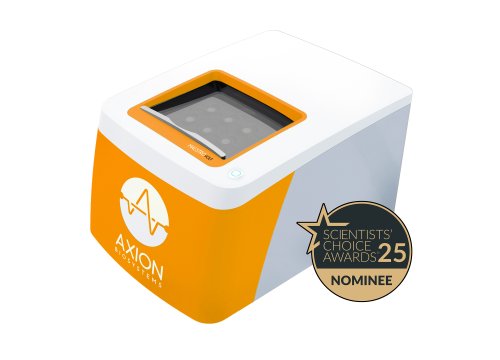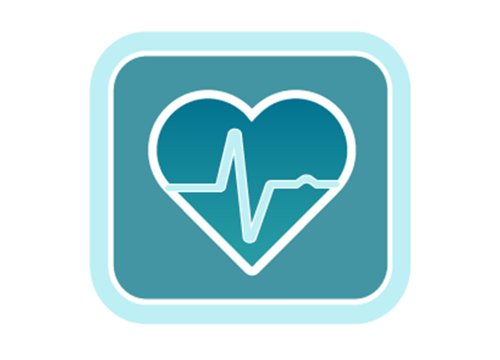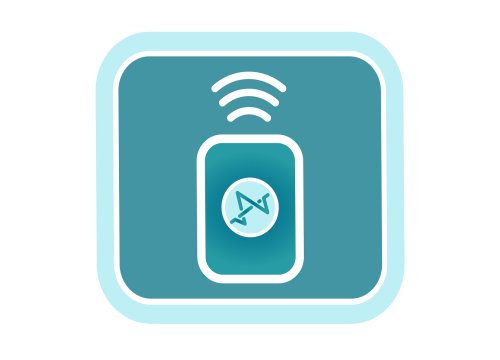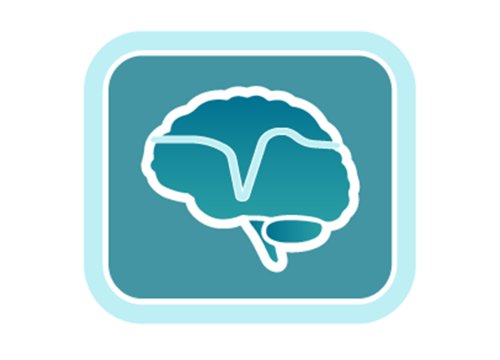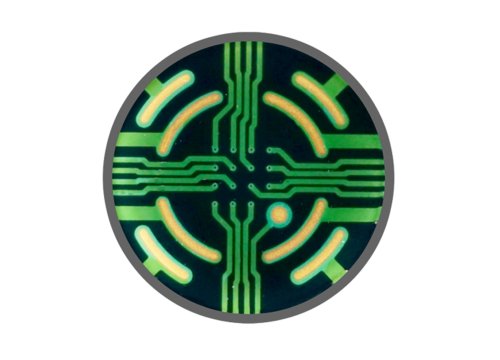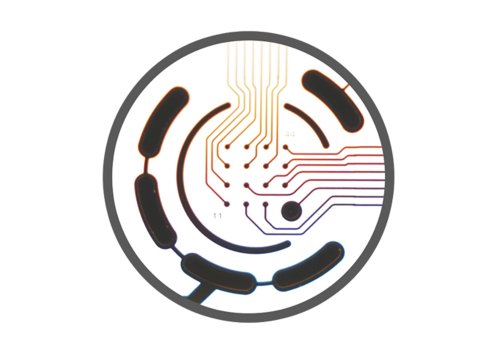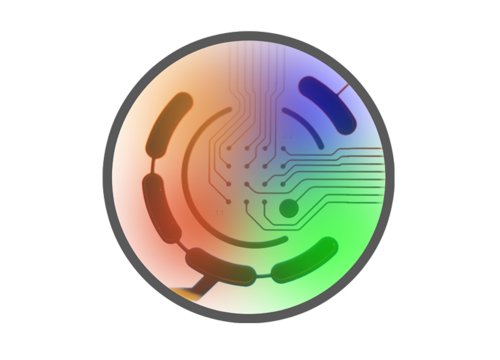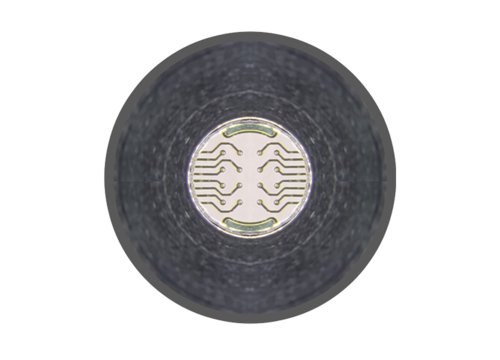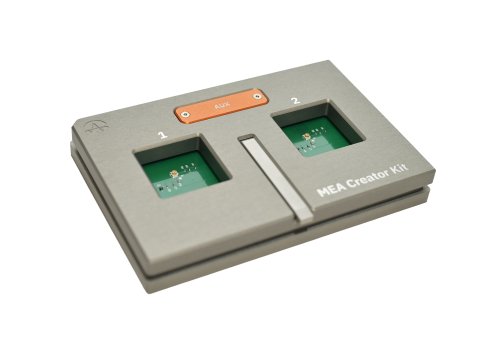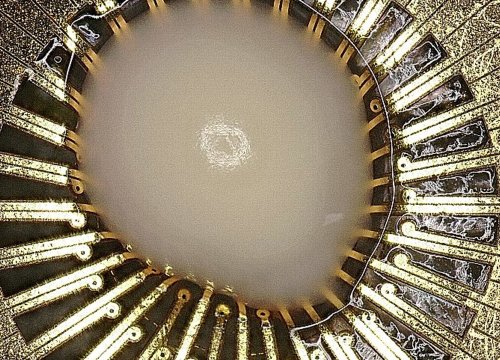The future is 3D
Organoids are transforming brain research, providing new insights into human development, disease modeling, and therapeutic discovery.
Maestro MEA is the platform built for organoids, delivering long-term, noninvasive recordings that unlock the full potential of these complex 3D models.
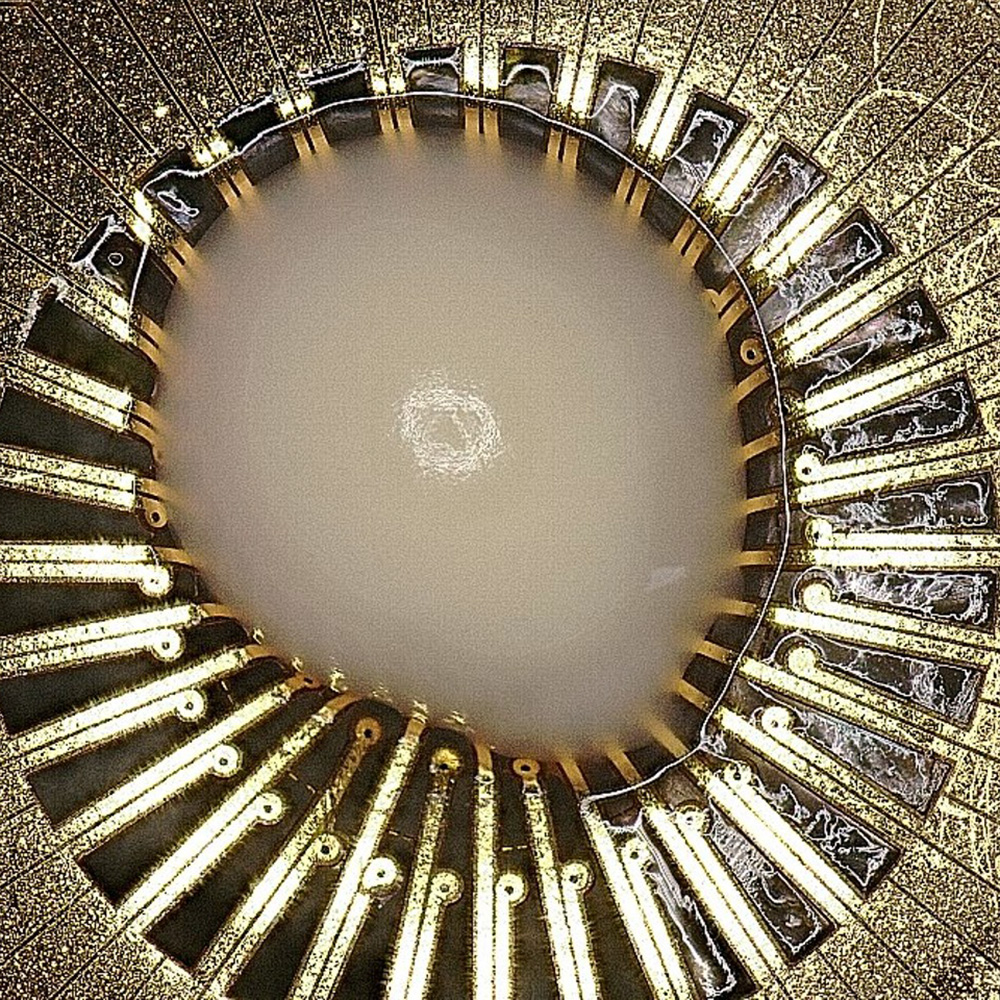
The MEA of choice
With over 85 peer-reviewed publications, researchers worldwide choose Maestro MEA to push the boundaries of neuroscience and accelerate discovery.
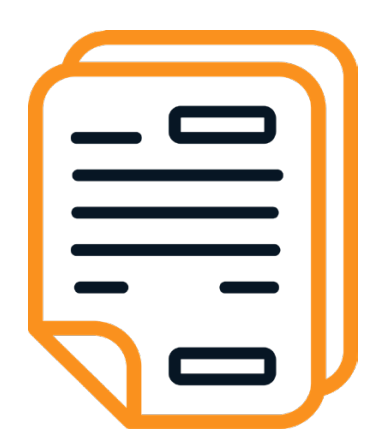
85+
Organoid publications
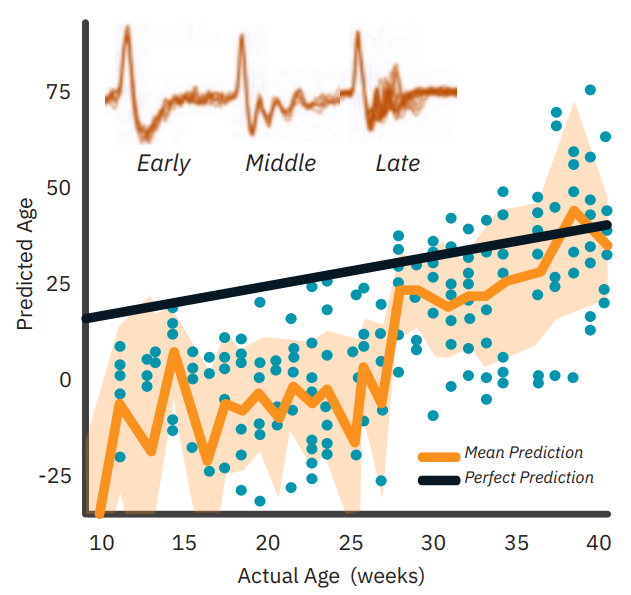
Complete functional readouts
Track how neural organoids grow, mature, and model disease with Maestro MEA’s rich, noninvasive electrophysiological recordings.
- >> Analyze over two dozen neural metrics
- >> Monitor the emergence of complex LFP activity
- >> Test multiple conditions simultaneously
Figure: As cerebral organoids matured, their MEA activity patterns closely mirrored in vivo EEG recordings - highlighting the relevance of organoid data to human brain development. Data from: Muotri, Alysson. (2019, Sep. 17). Measuring oscillatory waves in cerebral organoids [Webinar]. Axion BioSystems.
Studying 3D cultures like organoids and spheroids requires specialized tools. Axion BioSystems’ organoid MEA portfolio is purpose-built to address the unique needs of these complex models.
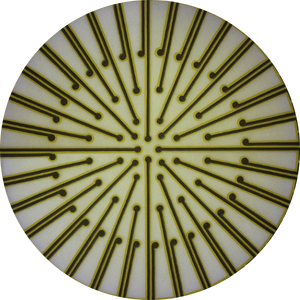
3DMap™
Flexible electrodes for tracking activity across the surface
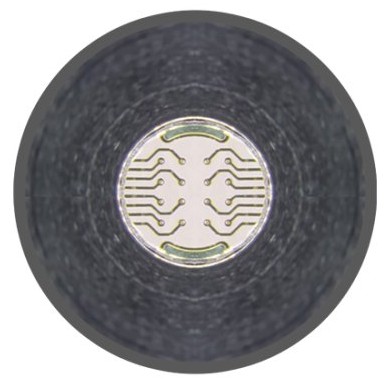
SpheroGuide™
High-throughput, targeted placement for large organoids
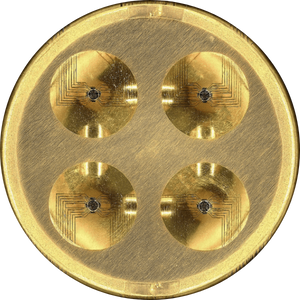
SpheroHD™
High-density electrodes for small organoids
Fit to your biology
3DMap is designed to interface with 3D organoids like never before, using flexible electrode technology to capture signals across the surface.
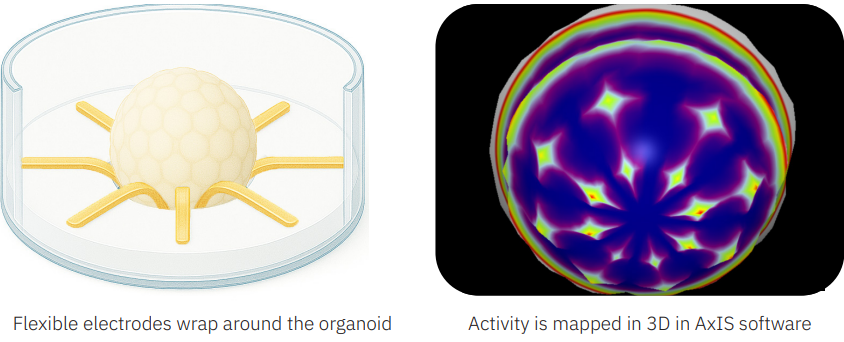
No matter the size
SpheroGuide and SpheroHD have you covered. Both feature integrated placement funnels for fast, accurate positioning. SpheroGuide is ideal for larger organoids, while SpheroHD’s high-density electrode arrays are perfect for smaller organoids or spheroids.
